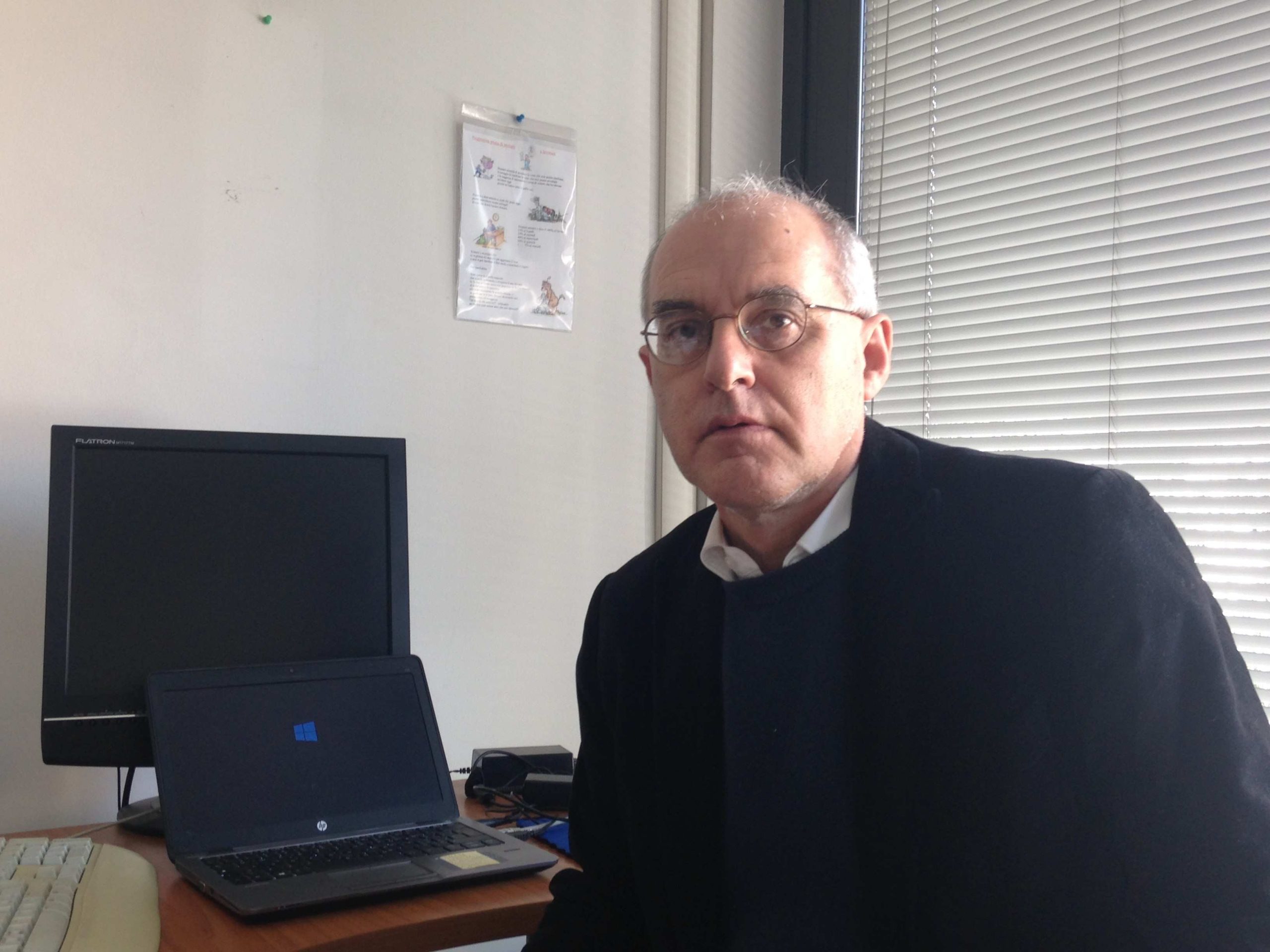Carlo La Vecchia
Milan, Italy

Biography
Dr. La Vecchia received his Medical Degree from the University of Milan and a Master of Science degree in Clinical Medicine (Epidemiology) from Oxford University. He is recognized as a leading authority in cancer aetiology and epidemiology.
Presently, he is Professor of Epidemiology and Biostatistics at the School of Medicine at the University of Milan. Dr. La Vecchia serves as an editor for numerous clinical and epidemiologic journals. He is among the most renowned and productive epidemiologists with over 2450 peer-reviewed papers in the literature (PubMed) and is among the most highly cited medical researchers (2003, 2017-2023), according to ISIHighlyCited.com, Clarivate Analytics, the developer and publisher of the Science Citation Index. He has supervised over 40 PhD theses.
Dr. La Vecchia is a temporary advisor at the World Health Organization in Geneva, and a registered journalist in Milan. He was Adjunct Associate Professor of Epidemiology at Harvard School of Public Health between 1996 and 2001, Adjunct Professor of Epidemiology at the University of Lausanne, CH (2000-2014), Senior Research Fellow at the International Agency for Research on Cancer IARC/WHO (2006-2008), Head of the Department of Epidemiology at the Mario Negri Institute, Milan (2007-2014), and Adjunct Professor of Medicine at Vanderbilt Medical Center Nashville, TN, USA (2002-2018).
Dr. La Vecchia’s main fields of interest include cancer epidemiology and the risk related to diet, tobacco, hormone use and occupational or environmental exposure to toxic substances; and analysis of temporal trends and geographical distribution of mortality from cancer, cardiovascular diseases, perinatal and other selected conditions.
Affiliations
- Professor of Epidemiology and Biostatistics at the School of Medicine at the University of Milan
- Editor for numerous clinical and epidemiologic journals
- Temporary advisor at the World Health Organization
Area of expertise
- Cancer epidemiology
- Risk related to diet, tobacco, hormone use and occupational or environmental exposure to toxic substances
- Analysis of temporal trends and geographical distribution of mortality from cancer, cardiovascular diseases, perinatal and other selected conditions
Abstract
CANCER: A LIFESTYLE DISEASE. PROPORTIONS OF CANCERS DUE TO RECOGNIZED CAUSES IN ITALY
Cancer is largely a lifestyle disease, and recognized causes now explain about 40% of cancer deaths in Italy, as in most other high-income countries. By far the major cause of cancer is tobacco, which accounts for over 60,000 cancer cases in Italy, 47,000 in men (24%) and 14,000 in women (8%), i.e. 17% of all cancers. Tobacco also accounts for about 40,000 cancer deaths, 31,500 in men (32%) and 8500 in females (11%), i.e. about 24% of all cancer deaths. Additional causes are overweight and obesity, accounting for about 6900 cancers in men (3.6%) and 7200 in women (4%) – overall 3.8% in both sexes combined. These correspond to about 3600 cancer deaths in men (3.6%) and 2700 in women (3%) – overall 3.4% of all cancer deaths. Alcohol accounts for about 4200 cancer deaths in males (4.2%) and 1600 in females (2%) – overall 6000 cancer deaths (3%), however with substantial declines over the last few decades. About 85% of alcohol related cancers would be avoided by limiting to 1 drink/day maximum in females and 2 in males. Infections account for 7.6% of cancer deaths and 6.5% of incident cases are attributable to infections in Italy. These estimates are higher than those in most other high-income countries due to relatively high rates of stomach and liver cancer. Additional factors are recognized dietary factors – about 6% -, occupational carcinogens, reproductive and hormonal factors – less than 1% each.
Our main findings are summarized in the Table below, including the estimated proportions of cancer cases and deaths attributable to recognized risk factors in Italy.
| CANCER CASES % | DEATHS % | |
| TOBACCO | 17 | 24 |
| EXCESS WEIGHT | 4 | 3 |
| ALCOHOL | 4 | 3 |
| RECOGNIZED DIETARY FACTORS | 6 | 5 |
| INFECTIONS | 8 | 7 |
| OCCUPATION | 1 | 1.5 |
| HORMONAL/REPRODUCTIVE | < 1 | < 1 |
Thus, as in most other-high income countries, in Italy about 40% of cancer and cancer deaths could be prevented by controlling recognized risk factors, mainly by avoiding tobacco. Overweight, alcohol, selected dietary and socioeconomic factors are also relevant, together with a persistently high but declining importance of infections.
